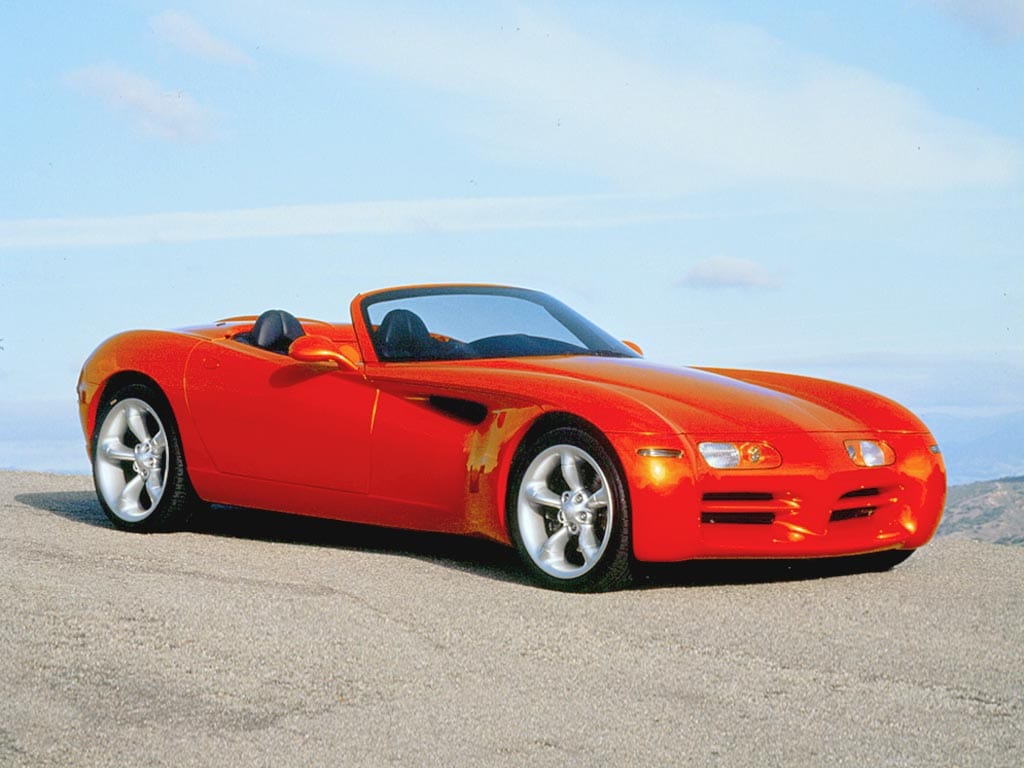Every year, there are new concept cars that arise in the automotive industry. Depending on how the public and the press receive a concept car, it will greatly impact the potential of the future model. That’s not to say that every concept car that gets a positive reaction will go into production. There have also been quite a few concept cars that have earned acclaim and praise only to never hit actual production.
Some of these concept cars were well put together, but for one reason or another, the automaker decided against pursuing their production. We looked back at 25 concept cars that never made it to production and left automotive enthusiasts scratching their heads. What exactly went wrong with these concept cars and forced them out of being made? Let’s delve in and find out.
25: Dodge Copperhead

The Dodge Viper was a popular exotic car in the 1990s, giving Dodge a halo car to compete against the Corvette. So it would only make sense that there would be a smaller model that could be a potential offering lower down the lineup. The Copperhead concept car arrived with much fanfare thanks to its unique styling and stellar performance (via America Loves Horsepower).

A V6 engine powered the Copperhead, similar to the company’s Plymouth Prowler. The general design of the sports car would have been a perfect complement to the Viper. Unfortunately, the higher-ups at Chrysler decided to scrap the Copperhead and it never made it into production.
